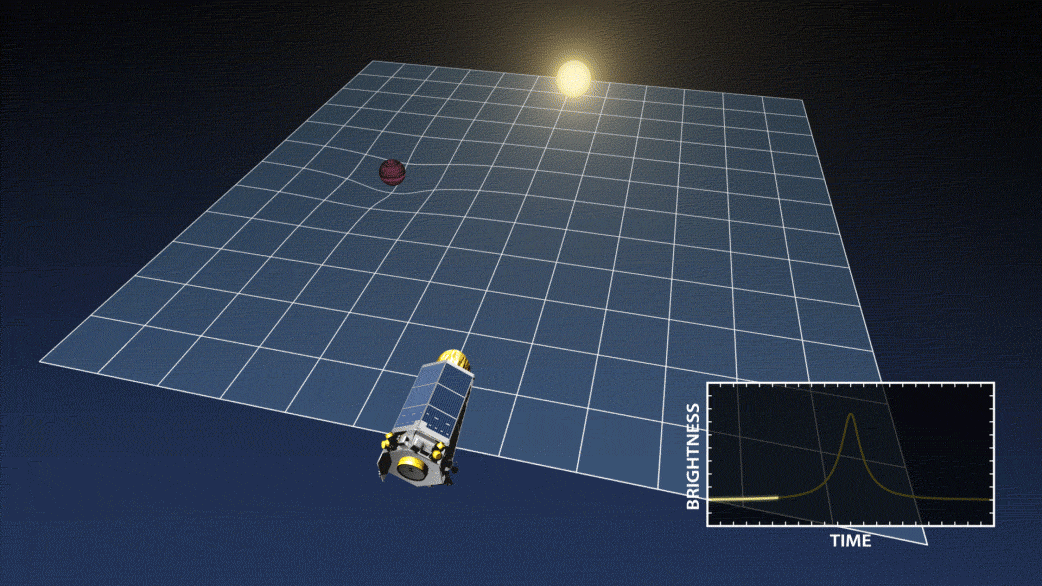Rogue Planets: The Mysterious Wanderers of the Cosmos
Written on
The Enigmatic Existence of Rogue Planets
Have you ever pondered a universe devoid of the sun? Life as we understand it on Earth is intrinsically linked to our star. The sun's gravitational pull is a defining characteristic of all celestial bodies within our solar system. However, given the vastness and peculiar nature of the universe, it’s not implausible to conceive of solitary planets journeying through the cosmos, unaccompanied by a sun. There are no regulations dictating that a planet must orbit a star, leading to the existence of these so-called rogue planets. Remarkably, a rogue planet smaller than Earth was identified just this year!
The Rogue Planets That Roam the Galaxy Alone
Astronomers, including Mroz and colleagues, are still uncertain about the total number of rogue planets drifting through the galaxy.
How Are Rogue Planets Discovered?
The initial discovery of a rogue planet occurred by chance in 2007 when astronomers were on the lookout for brown dwarf stars within the Milky Way. Brown dwarfs are relatively small celestial bodies that lack the capacity for nuclear fusion and function as massive entities floating through space. Unlike traditional stars, they do not emit light, making their identification challenging. So, how do astronomers find them? The answer lies in a method known as Gravitational Microlensing.

This technique draws from Einstein’s general theory of relativity, where a substantial mass distorts the fabric of space-time. If this mass passes in front of a light-emitting star, it causes the light to bend, resulting in a brighter, overlapped image. By analyzing the duration of this brightness surge, astronomers can gauge the size and mass of the object in question. A more massive object would indicate a brown dwarf, while a lesser mass indicates a rogue planet.
“The microlensing signal from a rogue planet only lasts between a few hours and a couple of days and then is gone forever,” explains Matthew Penny, Assistant Professor at Louisiana State University.
Through this method, many brown dwarfs were identified alongside around ten objects categorized as rogue planets—bodies smaller than brown dwarfs that do not have a nearby star to orbit. Since that groundbreaking discovery, many more such planets have been found, leading researchers to believe that these elusive entities are far more common than initially thought. Some estimates suggest there could be two Jupiter-sized rogue planets for every star in the Milky Way, while others predict even higher numbers.
Formation of Rogue Planets
The exact formation process of rogue planets remains a mystery. Were they always “rogue,” or did they originate from a star system and were later expelled? One theory posits that a significant collision with another celestial body may displace a planet from its orbit. Another hypothesis suggests that when a star exhausts its fuel and expands into a red giant, it can eject its orbiting planets. Additionally, rogue planets could form from the outset if they arise far from any star.
Life on Rogue Planets
Without a star to provide warmth, the surface of rogue planets would be extremely frigid, nearly reaching absolute zero. However, if the core of such a planet remains warm, it could potentially harbor liquid water beneath its icy exterior. Some scientists speculate about the possibility of warm, wet rogue planets. With no stellar radiation to dissipate the atmosphere, a relatively young planet with a hot core might maintain sufficient energy to keep its atmosphere intact, preventing heat loss. Nonetheless, these planets would be shrouded in darkness, devoid of sunlight.
Could life thrive on these distant worlds? Why not! Life exists in the depths of our oceans, where sunlight fails to reach and conditions are extreme. Yet, unless such life evolves to communicate with us, its existence may forever remain a mystery!